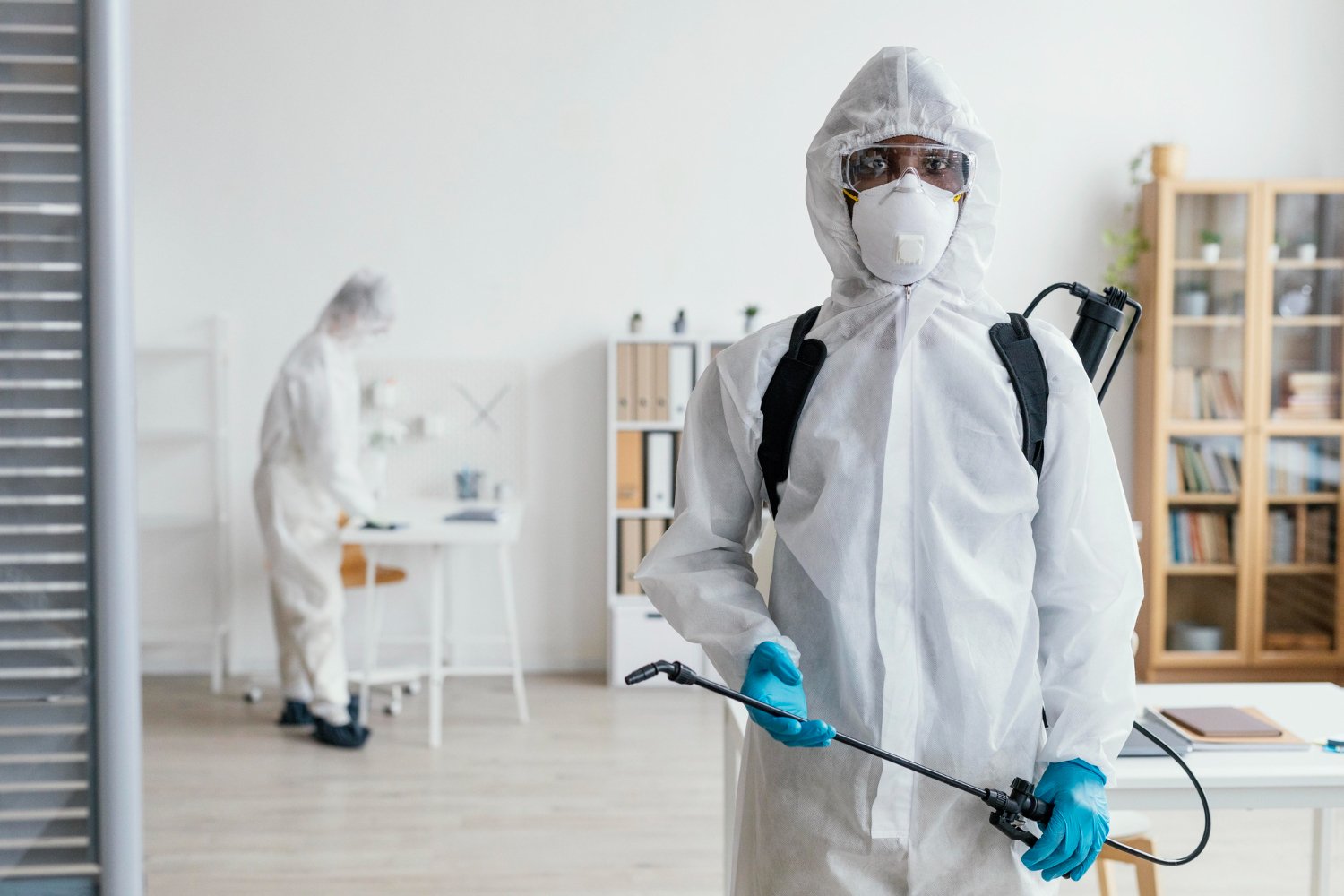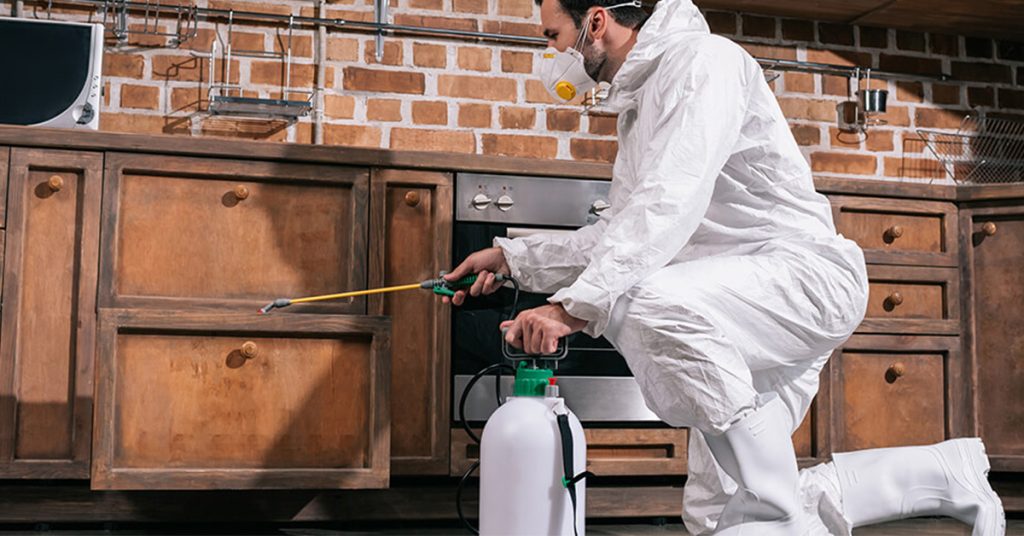Exploring Problem and Therapy Techniques on the planet of Bug Control
The landscape of bug control encompasses a myriad of obstacles, especially as infestations of usual home pests remain to advance. Comprehending the actions and reproductive patterns of these hassles is crucial for developing reliable treatment approaches. By integrating safety nets with sophisticated monitoring techniques, such as Integrated Parasite Management (IPM), home owners can better guard their environments. Nonetheless, the effectiveness of these techniques might vary dramatically based on certain circumstances. What hidden elements add to the success or failing of these strategies in different setups?

Typical Family Vermin
When it comes to managing our home, comprehending typical family parasites is crucial. These insects not only disrupt our comfort however can likewise present health and wellness threats and damages property. The most prevalent household pests include ants, cockroaches, rodents, termites, and bed pests.
Ants, frequently seen foraging in kitchens, can contaminate food and establish large swarms. Roaches, recognized for their strength, can activate allergies and spread microorganisms. Rodents, including computer mice and rats, can create architectural damage and carry diseases like hantavirus and salmonella. Termites, often described as "quiet destroyers," can jeopardize the stability of wooden frameworks, bring about pricey repair services. Bed insects, although not disease service providers, can create considerable discomfort through their attacks and cause psychological distress.
Identifying the indications of these insects, such as droppings, nests, or attack marks, is necessary for early treatment (Pest Control Lockhart). Appropriate sanitation methods, securing access points, and preserving a clutter-free setting are reliable preventative actions. By determining these common family insects and recognizing their habits, homeowners can take aggressive actions to reduce problems, making sure a much healthier living atmosphere
Recognizing Insect Infestations
Parasite infestations can escalate rapidly, turning a small nuisance right into a substantial trouble if not addressed quickly. Typical factors contributing to invasions include bad cleanliness, architectural susceptabilities, and seasonal adjustments that drive parasites inside.
Identifying the sort of insect is vital, as different types display different habits and reproductive rates. For example, rodents may establish nests in hidden areas while insects like roaches grow in wet settings. Early discovery typically hinges on recognizing signs such as droppings, gnaw marks, or uncommon audios, which can suggest an issue before it becomes extreme.
Cozy, damp environments can help with the quick growth of bug populations, while modifications in landscape design or building can accidentally create favorable settings. An educated strategy to understanding these characteristics lays the foundation for effective bug monitoring techniques in the future.
Therapy Methods and Methods
Reliable therapy methods and methods are crucial for mitigating bug problems and restoring a safe atmosphere. A complex approach is frequently best, integrating chemical, organic, and mechanical approaches tailored to the certain insect and the seriousness of the problem.
Chemical therapies consist of making use of insecticides and herbicides, which can successfully remove insects. Proper application and adherence to security guidelines are important to reduce risks to human beings and non-target microorganisms. Integrated Parasite Monitoring (IPM) urges the wise use chemicals as a last option, relying rather on surveillance and limit degrees to figure out intervention requirements.
Biological control approaches include introducing all-natural predators or parasites to lower bug populations. This strategy is progressively popular, especially in agricultural setups, as it promotes ecological sustainability.
Mechanical techniques, such as traps and obstacles, provide prompt remedy for pests without introducing chemicals. Alternatives include sticky catches for insects or physical obstacles for rodents.
Inevitably, the choice of therapy method need to think about the specific bug, the environment, and prospective effect on human wellness and communities. A well balanced combination of these methods can effectively handle infestations while promoting lasting pest control options.
Safety Nets for Residence
Proactively dealing with parasite issues before they rise is vital for preserving a healthy and balanced home environment (Pest Control Lockhart). Executing reliable preventive steps can dramatically reduce the possibility of invasions, inevitably safeguarding both your building and well-being

Proper landscaping also plays an important function in avoidance. Keeping look at these guys bushes and trees trimmed away from your home decreases the chances of insects finding their way inside. Make certain that drain systems are working efficiently to prevent standing water, which can attract in insects and other insects.
Finally, regular evaluations are recommended. Routinely checking for indicators of bug activity enables very early intervention. By adopting these safety nets, property owners can create a setting that is less hospitable to bugs, thus enhancing their total lifestyle and reducing the requirement for comprehensive parasite control interventions.
Commercial Bug Control Techniques
A thorough method to commercial bug control is important for organizations aiming to keep a safe and sanitary environment. Efficient strategies include a mix of routine examinations, employee training, and the execution of Integrated Pest Administration (IPM) practices.
Routine examinations enable very early discovery of insect task, permitting for timely intervention. Organizations ought to establish a regular schedule for these analyses, concentrating on risky areas such as kitchen areas, storeroom, and waste disposal websites. Employee training is similarly crucial; personnel must be enlightened on the signs of insect invasions and the relevance of reporting them instantly.
Carrying out IPM techniques helps reduce bug concerns sustainably. This consists of environment alteration, such as sealing Your Domain Name entry points and decreasing clutter, in addition to utilizing all-natural deterrents prior to considering chemical therapies.

In addition, teaming up with a licensed pest control company makes sure access to professional understanding and sophisticated treatment options. This partnership can result in customized pest control plans customized to the details demands of the organization, decreasing threats and improving read review general effectiveness. Ultimately, a proactive and informed strategy cultivates a pest-free atmosphere, securing both public health and wellness and company reputation.
Verdict
In verdict, efficient insect control necessitates a comprehensive understanding of usual family insects and their behaviors, paired with targeted treatment methods. Applying preventative steps alongside therapy methods such as Integrated Insect Monitoring and biological control enhances the capacity to mitigate infestations. Normal evaluations and a combination of chemical and mechanical options even more add to preserving pest-free settings. Eventually, an all-around approach to pest administration is important for guarding living spaces from undesirable intruders.